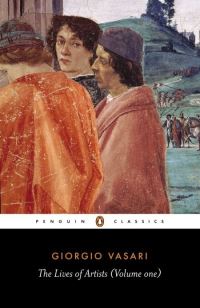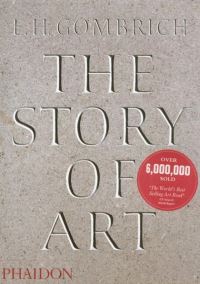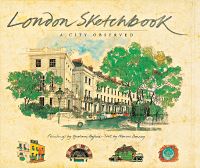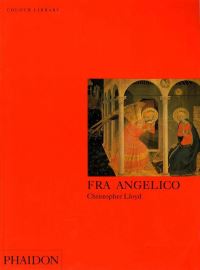Description
A groundbreaking reassessment that foregrounds Van Gogh’s profound engagement with the industrial age while making his work newly relevant for our world today
Vincent van Gogh (1853-1890) is most often portrayed as the consummate painter of nature whose work gained its strength from his direct encounters with the unspoiled landscape. Michael Lobel upends this commonplace view by showing how Van Gogh’s pictures are inseparable from the modern industrial era in which the artist lived-from its factories and polluted skies to its coal mines and gasworks-and how his art drew upon waste and pollution for its subjects and even for the very materials out of which it was made. Lobel underscores how Van Gogh’s engagement with the environmental realities of his time provides repeated forewarnings of the threats of climate change and ecological destruction we face today.
Van Gogh and the End of Nature offers a radical revisioning of nearly the full span of the artist’s career, considering Van Gogh’s artistic process, his choice of materials, and some of his most beloved and iconic pictures. Merging a timely sense of environmental urgency with bold new readings of the work of one of the world’s most acclaimed artists, this book weaves together detailed historical research and perceptive analysis into an illuminating portrait of an artist and his changing world.




